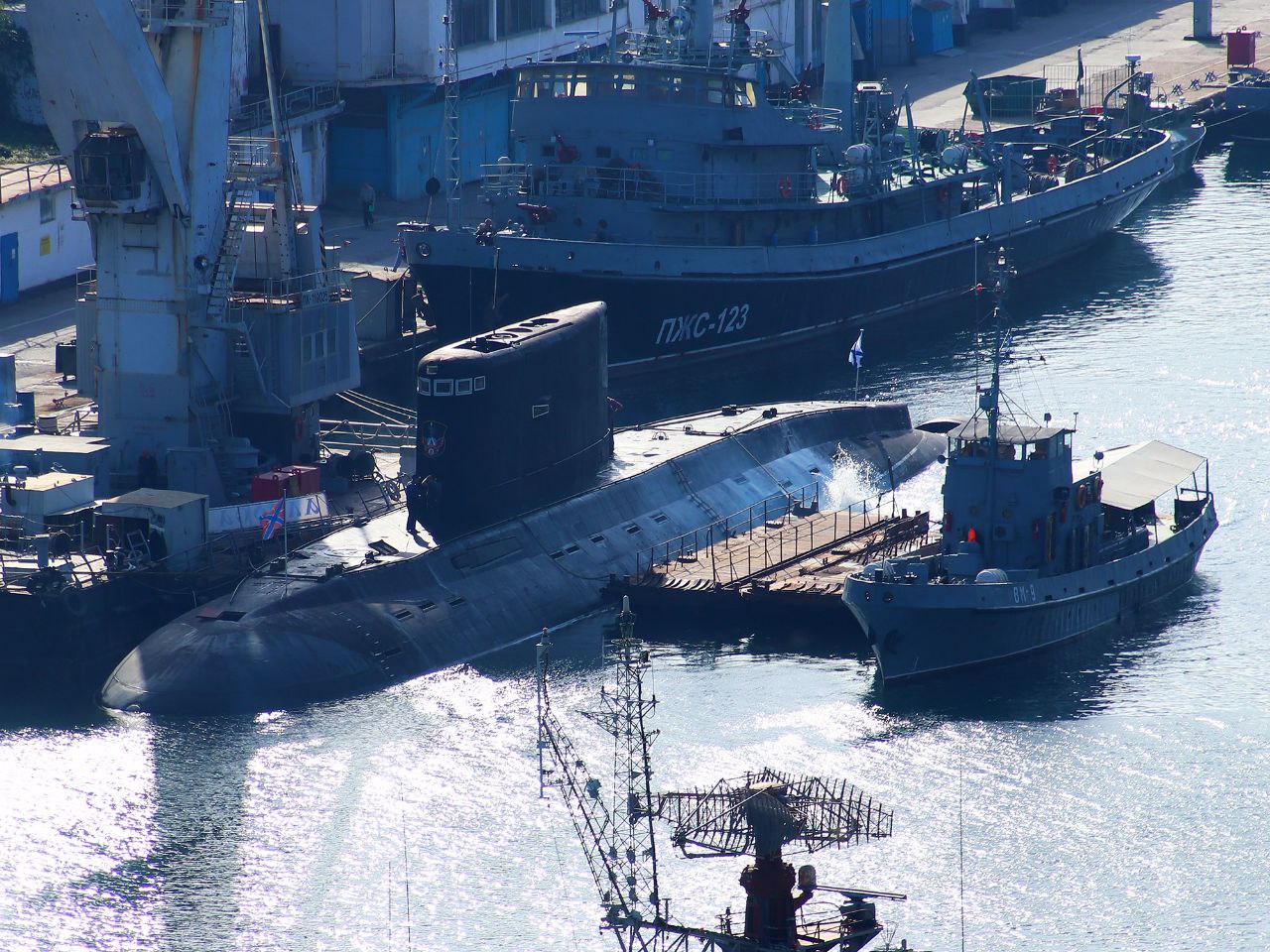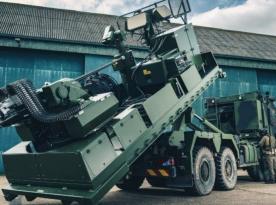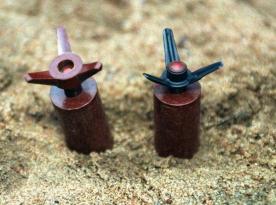In 2022, France and Romania signed a letter of intent to purchase at least two diesel-electric submarines of the Scorpene project for the Romanian Navy, the estimated cost of the deal is 500 million euros. Although the price tag may be much higher, as experts believe that Romania actually needs at least 3 submarines.
In this context, we cannot help but wonder about the fate of the only Romanian Delfinul submarine, which belongs to the Soviet Project 877 "Varshavyanka". Refurbishment of this vessel could, in theory, save resources. This is what the actual situation was: since 1996, the Romanian Delfinul has been in dry dock and seen no sorties into the sea at all, and the amount of funds needed for repair makes such refurbishment unreasonable. This is what we learn from Defense Romania.
Read more: U.S. to Give New Mark VI Boats to Ukraine Instead of Used Ones

Romania acquired its only submarine, the Delfinul, in 1985. The Soviet Union sold the ship for $40 million (inequivalent, according to the exchange rates back then). After 11 years of service, this submarine lost its combat capability because the batteries ran out of charge. Their replacement then cost 20 million dollars, and at that time the Romanian treasury did not have such money.
For that reason, the issue of restoration of the Delfinul was going nowhere for almost 20 years, and was brought up again in 2016. Calculations at the time showed that the cost of repairing the power plant of this submarine had already risen to 30 million euros. And each year of postponing repairs cost another 2% to the total cost of the work.
At that time, the russians even made several attractive offers to repair the only submarine of the Romanian Navy. For example, as barter, they offered Romania to sell its surplus equipment for the oil extraction industry, or even some grain. But even then, Romania decided that it would be best to leave everything as it is, and let Delfinul continue to stay in dry dock.
The repair of the Delfinul submarine that would cost as much as the Soviet Union sold it for, was not the only reason for Romania to decline the offer. Romania also acted according to the logic that the russian federation would not be able to repair the submarine so that it met NATO standards anyway. Therefore, it makes no sense to spend resources on repairs, which is why Romania's only submarine continues to stay in its place without ever going into the sea.

And it seems that chronic problems with the power plant and the overall unreasonableness of restoration are a characteristic problem of all Soviet submarines of the Project 877 "Varshavyanka".In this context, in addition to Romania, we can also mention Poland, whose Orzel submarine of the same project knows more repairs than sorties, too.
Of course, we should also recall the russian Black Sea Fleet in the temporarily occupied Crimea. In particular, it has the submarine "Alrosa" of the Project 877, whichhas not come out of repair for the eighth year already.

Read more: Netherlands Sold Its Leopard 2 Tanks to Germany and Then Rented Them Back














